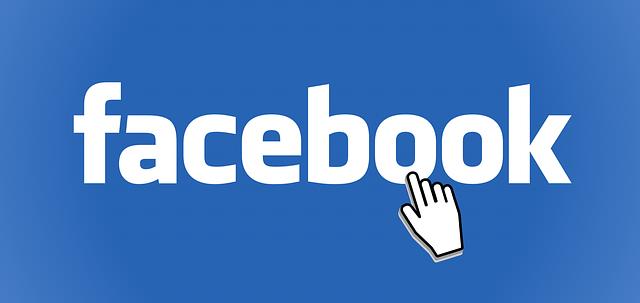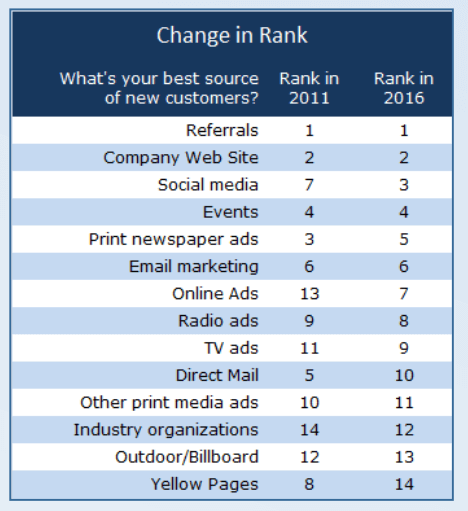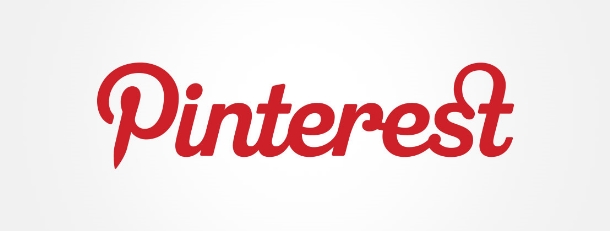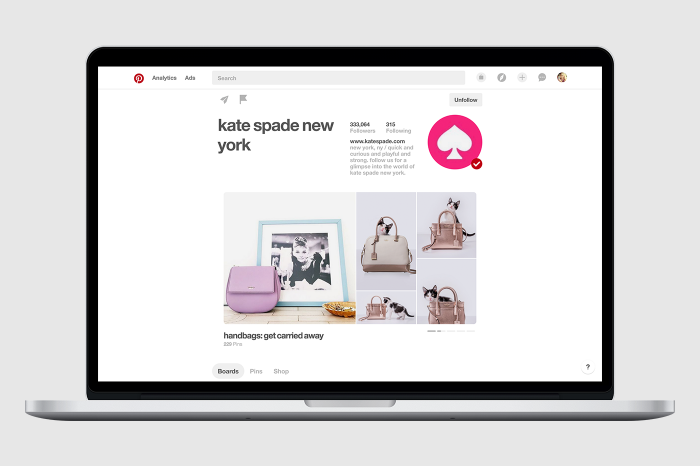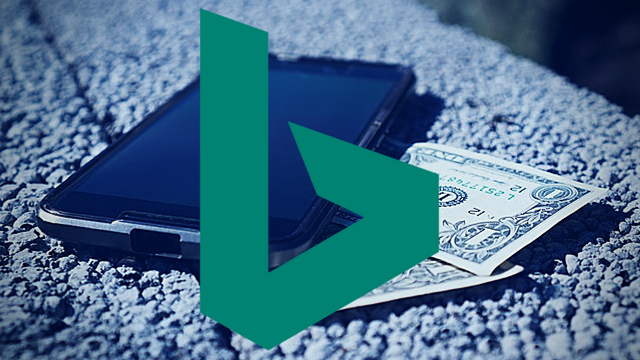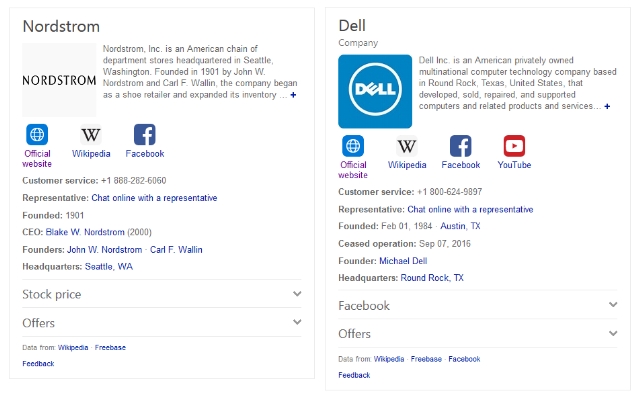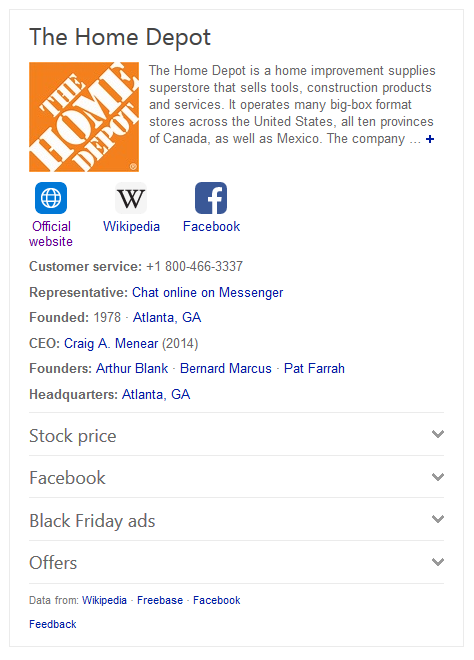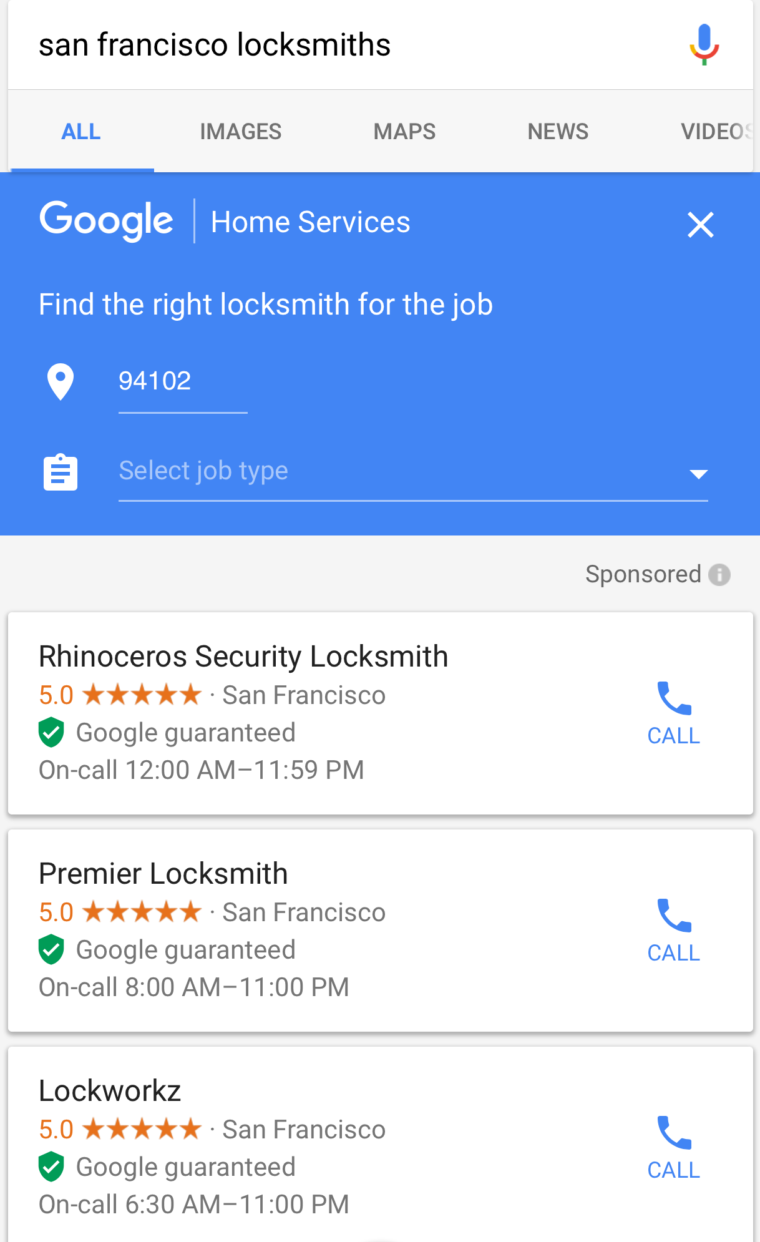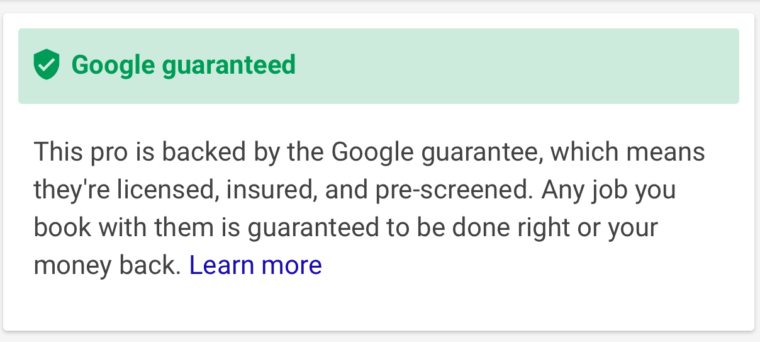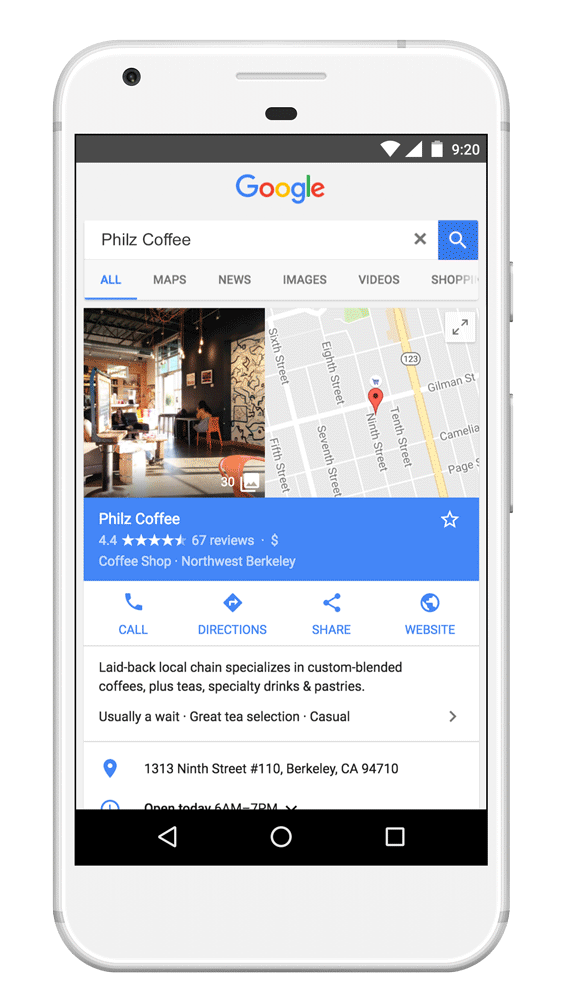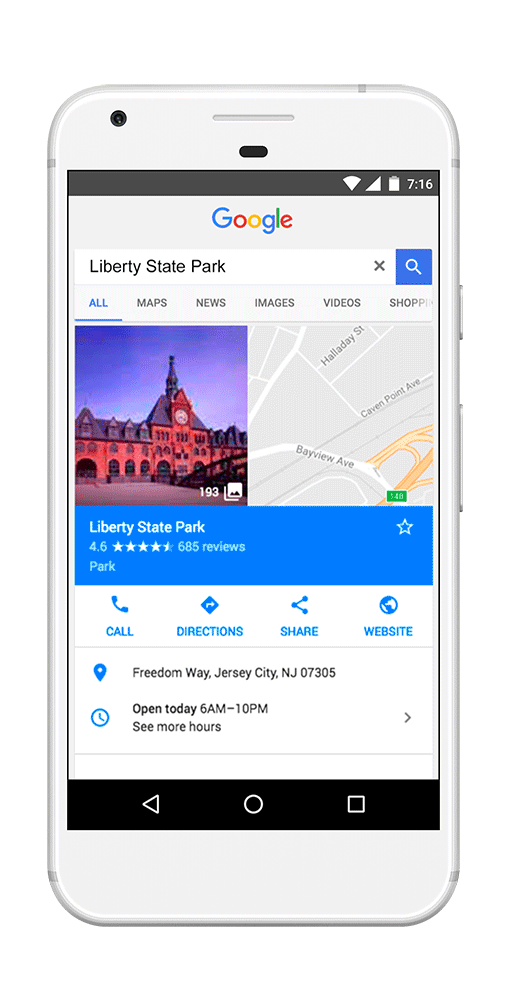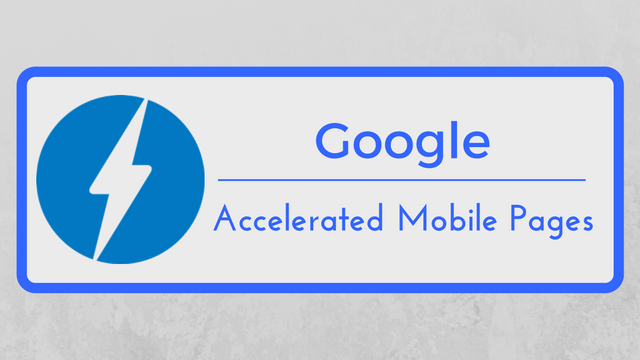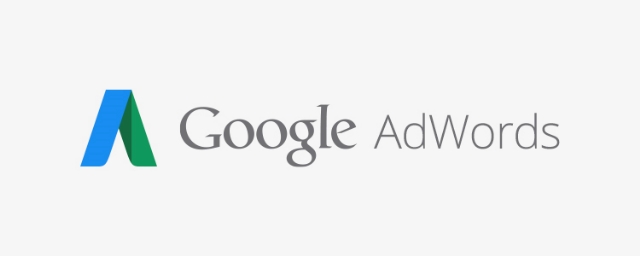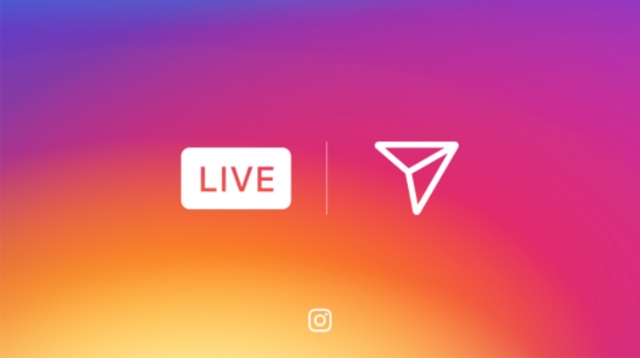
Instagram’s live video feature is officially available to all 70 million US users. After announcing the feature in late November, the social imaging platform has announced the feature is available across America and will be rolling out globally over the next few weeks.
While it may be tempting to compare Instagram’s live video streaming to Facebook’s growing live feature, it is actually more similar to the live options available through Snapchat.
With Instagram’s live video, users can broadcast to followers in real time through Instagram Stories. However, once the stream is over it is completely gone. There is no saving or replaying old broadcasts. They disappear as soon as you end the broadcast.
How To Get Started Broadcasting
To get started streaming, you just have to follow a couple easy steps.
- Tap the camera icon in the top left of the screen or swipe right from the Feed to open your camera.
- Tap the new Live icon at the bottom of the screen.
- Tap Start Live Video.
- Once you are ready to end your stream, just tap End in the top right.
Broadcasts can last up to one hour and you can choose to notify your followers when you go live. The number in the top right corner of the screen shows just how many followers are watching, and you can pin or share comments to others by tapping and holding it. You can also turn off comments entirely if you desire.
Marketing with Instagram Live Video
The idea of marketing your business through live video that immediately disappears may seem unattractive at first. Why bother with vanishing video when you can spend time crafting marketing campaigns that last, right?
However, live video can actually be a great way to make followers feel like they are in on exclusive events and information. The function is especially great for letting your customers and fans see special engagements like product launches or milestones for your business.
You can also use live video to engage your audience in new ways with impromptu interviews or Q&A sessions that help your followers learn more about who you are and why they should be invested in your brand.
For more info on Instagram’s live video feature, check out the video below:


